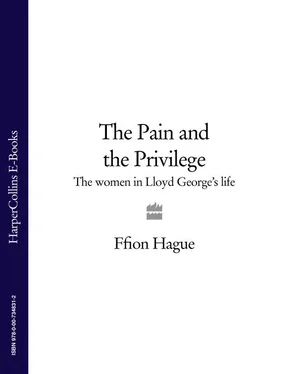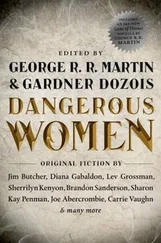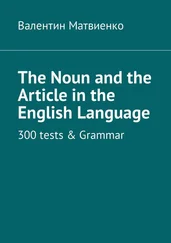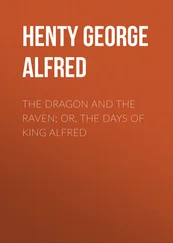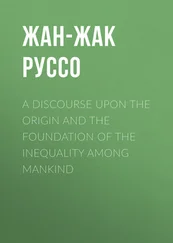Llanystumdwy lies between the sea and the slate-grey rocks of Snowdonia. In the early nineteenth century its inhabitants bore a strong resemblance to the surrounding landscape: hard, weathered and stoic. The villagers belonged to the lowest of the social classes of rural Wales. They were the unlanded working class, as distinct from the landed gentry and the professional classes, entry to which could be achieved only through wealth or education; and opportunities for either were hard to come by in North Wales. The few born into wealth left, bound for expensive schools and colleges. They returned as landlords on the large estates or, in the case of younger sons, as Anglican clergy. These men formed the judiciary, owned the slate quarries and shipping companies, and elected members of their own class to Parliament. They were seen by the villagers as oppressors, people from a different ethnicity and culture.
Those who could not pay for education and who did not have any land to inherit worked on the land, dug slate or coal out of the ground, became domestic servants, or worked as fishermen, tradesmen, craftsmen and labourers in the docks of Porthmadoc and Caernarvon. The adventurous sailed away on the majestic ships that appeared from over the horizon to empty their holds and restock. There was nothing much to tempt those who remained to travel overland, since the roads were no more than rough turnpike tracks, and the railways that would bring industry and tourism to the area did not reach the north-west coast of Wales until 1867. The lucky few with aptitude and access to education rose to the top of the unlanded society, escaping manual work by becoming lawyers, doctors and teachers. Still, the social divide between them and the gentry was unbridgeable, underlined by the fact that the latter did not commonly speak the Welsh of the people, preferring English. Within the same square mile they spoke different languages and lived in different worlds.
Elizabeth Llwyd, known as Betsy, was born in Highgate in 1828. Her parents, Dafydd Llwyd and his wife Rebecca, were pillars of village society. Dafydd Llwyd, the highly skilled village shoemaker, was a tall, fair-haired man, profoundly religious and with an air of natural nobility. He had broad shoulders and a straight back, and spoke in a quiet but dignified manner. 1 Dafydd was born in the parish of Llanystumdwy, and belonged to a generation of craftsmen who served a seven-year indentured apprenticeship with an established cobbler, made their own tools, and perfected their craft with years of patient toil. His son Richard was to carry on the trade, but he would be the last shoemaker in the family as the use of machine tools replaced their handiwork and produced cheaper products for a mass market.
Dafydd earned his living from making shoes, but regarded himself primarily as a man of religion. Religion was of paramount importance in Wales during the nineteenth century, with tensions between the established Anglican Church and the dissenting followers of Calvin, Wesley and the Baptists reaching a climax in 1811. In that year, Thomas Charles and his followers parted company with the Church of England to establish the nonconformist Church of the Methodistiaid Calfinaidd (Calvinistic Methodists), the only new Church ever to be established in Wales. A frenzy of chapel-building followed: between 1801 and 1851 it is thought that on average a chapel was completed in Wales every eight days. By the middle of the century there were over 2,800 nonconformist chapels in Wales, serving a total population of only 1,163,139, giving rise to a multitude of itinerant preachers. Men like John Elias, Christmas Evans and William Williams conducted preaching tours within Wales, speaking to mass congregations of hundreds if not thousands of the faithful.
Dafydd and Rebecca Llwyd were unusual in their community in being Baptists. More unusually still, they were Scotch Baptists. Baptists were most commonly found in South Wales, but even there were outnumbered by the Calvinistic Methodists and the Congregationalists, or Independents (Annibynwyr), who were numerous throughout Wales, particularly in the north and the west. The Established (Anglican) Church formed part of the archdiocese of Canterbury, and was to be the only official form of worship in Wales until the Disestablishment Act was finally implemented in 1920. This caused great tension in communities where devout nonconformists could not legally be married and buried in their own places of worship according to their own rites.
Naturally enough, since freedom of conscience was one of the reasons why the nonconformists broke away from the Church, Baptists placed a considerable emphasis on individual interpretation of gospels. This led to the breaking away of smaller groups. One of these was the Scotch Baptists, followers of the Scottish theologian Archibald McLean. Scotch Baptist chapels, scattered across a broad area, had tiny congregations: Rhuthun had only six members, Llanufydd twenty-five, Llanfairalthaiarn thirty-six and Llaneilian twelve. Members believed in living life as simply as possible according to the teachings of the primitive Church, and like the Quakers they did not have full-time ministers or priests. They differed from mainstream Baptists in two respects: they met to break bread in Holy Communion every Sunday rather than every month, and they placed a greater emphasis on baptism by total immersion, which generally happened at fourteen or fifteen years of age. The faithful were expected to attend services at least twice on a Sunday, sometimes three times. Dafydd Llwyd led the small Scotch Baptist community who worshipped in the simple stone chapel called Capel Ucha (High Chapel) in Pen-y-Maes, Criccieth. He was ordained in 1830, and for the rest of his life he served the small congregation there while working daily in his shoemaking workshop.
Dafydd married Rebecca Samuel in 1824, when he was twenty-four and she was twenty-one. Rebecca was a practical, hard-working and capable woman, the perfect foil to her husband, who was an intellectual and a bit of a dreamer. They shared the same religious outlook; indeed, it is highly likely that their religion brought them together since it was uncommon to marry interdenominationally, the consequences of which could be as harsh as total exclusion from chapel and community life. Their daughter Elin was born in 1826, Betsy two years later. Each birth was proudly inscribed in the family Bible, as was that of Rebecca and Dafydd’s only son, Richard, in 1834.
Rebecca Llwyd had exceptional strength of character and was known for her independence of mind, her fierce protection of her family and her strict, almost puritanical views on religion. She was the matriarch, and took care of the practical, day-to-day care of the family. She believed in hard work, discipline and self-improvement, as did her husband. Dafydd set his family a stern example, putting in long hours at his shoemaking by day and sitting up until the early hours working on his sermons by candlelight. In 1820, Dafydd and his fellow local intellectuals set up a debating society in Criccieth. The ‘Cymreigyddion’ (the Welsh Scholars) gathered regularly to discuss religious and political issues.
Dafydd and Rebecca were devout, patriotic Welsh citizens, part of the largely self-educated, chapel-going, economically depressed but intellectually ambitious elite of mid-nineteenth-century Wales. Dafydd Llwyd may have been a working-class man who made shoes for a living, but at the same time he was a leader within his community by virtue of the fact that he was a minister and a man of learning.
Rebecca and Dafydd could not afford to indulge their children. They lived their lives in hope of reward in the next world. Rebecca’s faith was put to the test when in 1839, with Betsy only eleven years old, Dafydd fell seriously ill. He had been suffering from a stomach complaint periodically, but this time it was to prove fatal. With no money to pay for medical help, Dafydd tried to treat himself with ‘Morrison’s Universal Medicine’ pills, as advertised in one of his periodicals, but to no avail. He died on 25 October at the age of thirty-nine, and was buried in the tiny cemetery bordering Capel Ucha.
Читать дальше
